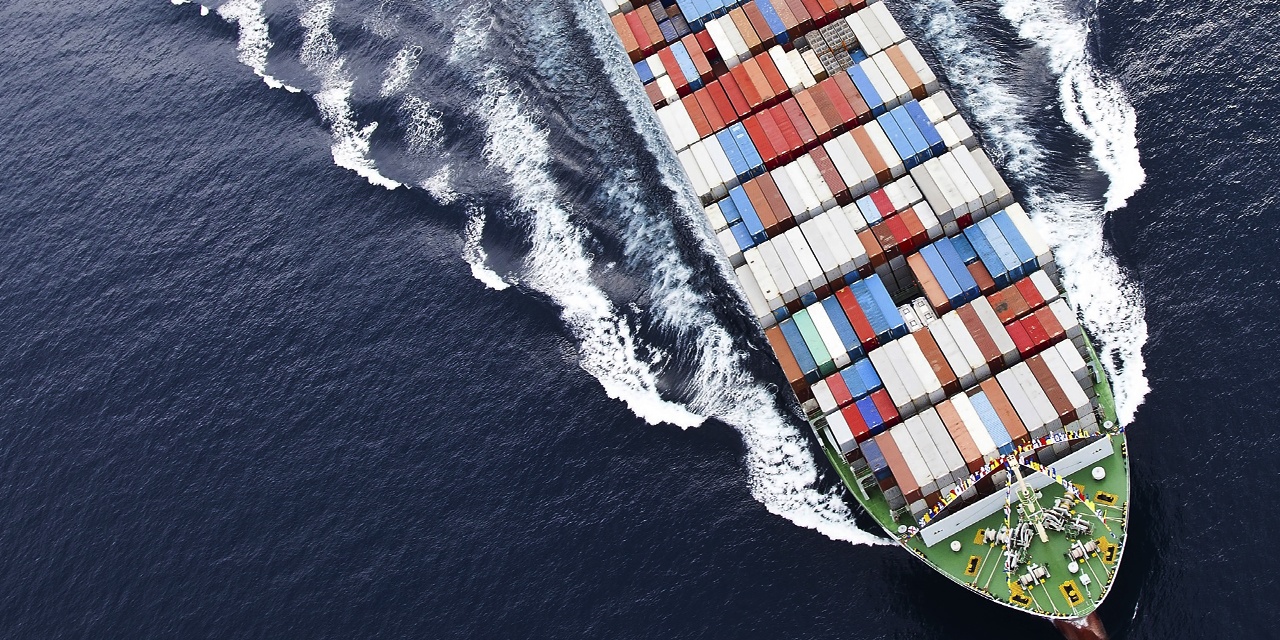It pays to put cargo first
02 Aug 2018 Reading time calculated text
Intelligent cargo handling is not just about using smart technology, it is about making smart decisions; putting cargo back at the core of ship design is a good start, says Marcus Ejdersten, responsible for Strategic Marketing at MacGregor
Efficiency is the key to our future sustainability as an industry and at the same time, the best and only approach to simultaneously drive business and environmental benefits.
At the turn of the millennium, when global shipbuilding was almost at capacity, the market was flooded with vessels that were often constructed as quickly and cheaply as possible, built to standard designs and without detailed analysis of their cargo profiles, automatically incurring a loss in efficiency.
Today, we are building new tonnage; more efficient, cleaner ships, which comply with the latest regulations, but the old ones are still in business. This means that overall vessel traffic and global marine transport capacity is increasing faster than the fleets’ average performance.

A day may come when a ship is not allowed to enter a port, if it is not utilising its total cargo carrying capacity. Half-full ships are a waste of energy and money, and they are a risk to the environment.
As an industry we must move forward and away from sub-optimised standard design practices, putting cargo profiles at the core of a ship’s design.
Smart decision making
This is where intelligent cargo handling and smart decision-making can make their mark. Forerunners in the industry have started to adopt solutions that solve some of today’s challenges. These include upgrading older, existing vessels to enhance their cargo carrying capabilities, analysing ship operating systems and utilising algorithms to optimise cargo planning and stowage. This drives down emissions per transported cargo unit and at the same time reduces the cost of transportation.
When these solutions are widely adopted, huge capacity will be unleashed through a more efficient global fleet, but into a market that is already oversupplied. This obviously poses a dilemma.
However, those who do not enhance their existing fleet will be left behind, when leaders operate with higher cargo densities and lower costs and carbon emissions per transported cargo unit. These pacesetters can potentially also run their ships at higher speeds again, delivering a faster service at lower inventory costs to their customers and end consumers.
We propose that you put cargo back into the centre of the picture; we already have solutions that make this approach pay off. Maximising your cargo density means that you will be more competitive than your rivals day after day. Can you afford not to?